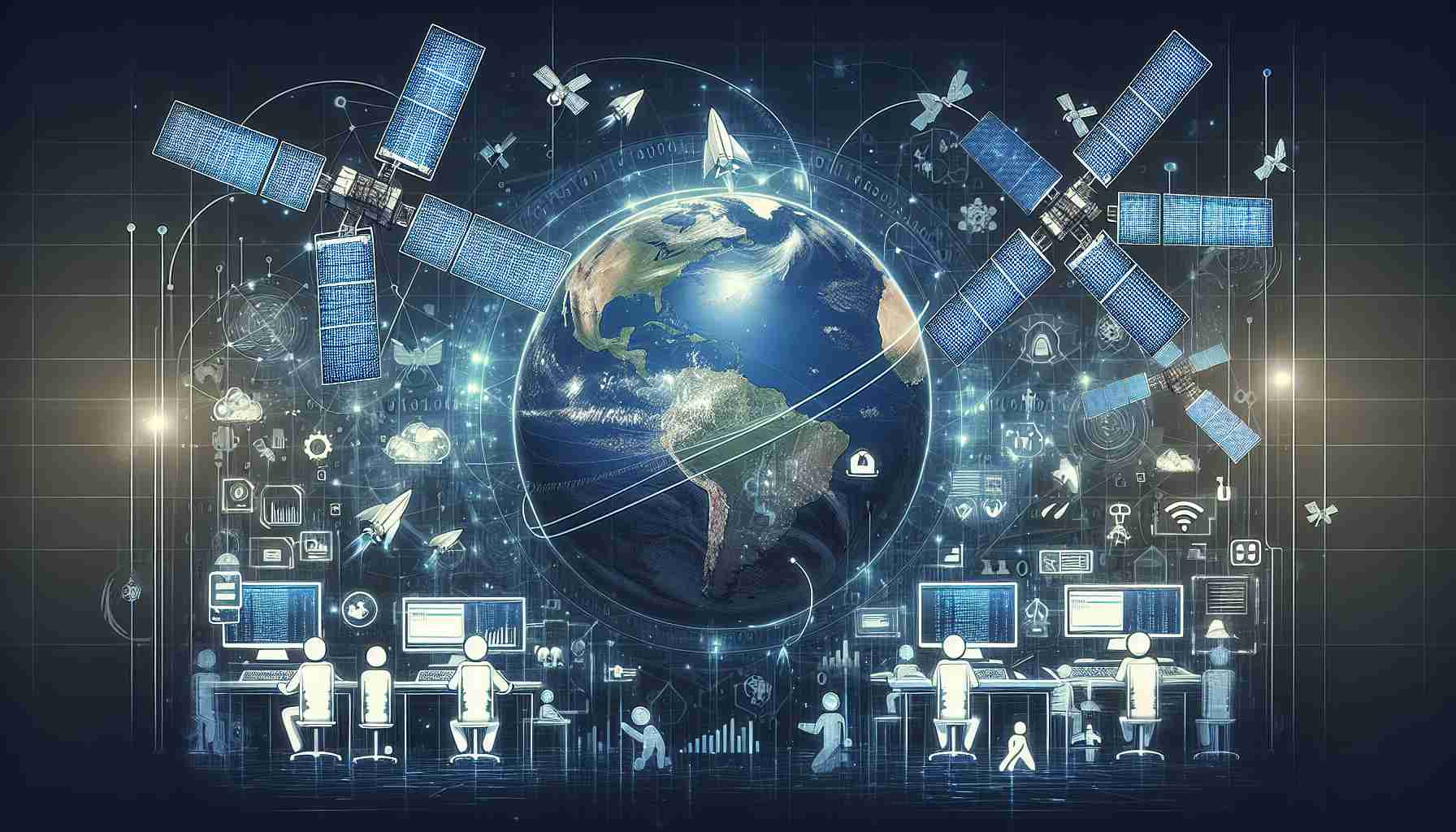
As technology increasingly relies on satellites for essential services, the need for robust cybersecurity measures has never been more critical. With over 10,000 satellites currently in orbit, many are alarmingly less secure than personal devices like smartphones. In response to this vulnerability, Deloitte is spearheading the global enhancement of satellite cybersecurity through the establishment of a new hub in Australia for the Space Information Sharing and Analysis Center (Space ISAC).
The new Watch Center Hub will play a vital role in providing comprehensive and instantaneous threat intelligence. A dedicated team of cybersecurity specialists will focus on swiftly identifying potential cyber threats and weaknesses that could jeopardize satellite operations. Protecting these assets is crucial, as the fallout from cyberattacks on satellites can have widespread implications for services ranging from navigation to weather forecasting.
https://youtube.com/watch?v=J56gVTx8Xng
In addition to its efforts in Australia, Deloitte is committed to strengthening the capabilities of the Space ISAC worldwide. This initiative aligns with their vision of creating a resilient framework that addresses the growing complexity of space operations and their intertwining with cyber risk.
Furthermore, Space ISAC’s recent collaboration with the Australian Cyber Collaboration Centre signifies a pivotal step toward enhancing global security measures in the space sector. With satellite numbers anticipated to reach 100,000 by the end of the decade, the drive for comprehensive cybersecurity in space has never been more urgent.
In an era where satellites are indispensable for global communication, navigation, and environmental monitoring, protecting these assets from cyber threats becomes a paramount concern for nations and organizations alike. As satellites become increasingly integrated into various sectors, the risk of cyberattacks that could lead to severe disruptions in services heightens. Initiatives like Deloitte’s Space ISAC are just the beginning of a larger movement towards a fortified satellite cybersecurity framework.
What are the most pressing questions surrounding satellite cyber protection?
1. What are the primary cyber threats to satellites?
Cyber threats can range from jamming satellite signals to hacking into satellite control systems. These threats often originate from state actors or sophisticated criminal organizations aiming to sabotage services or gather intelligence.
2. Why is collaboration critical in building satellite cybersecurity?
Given the international nature of space operations, sharing intelligence and strategies among countries and private entities is vital for creating a unified front against cyber threats. Collaborative efforts can lead to the development of standardized security protocols.
3. What role do governmental and non-governmental organizations play?
Government entities are crucial for establishing regulations and providing oversight, while non-governmental organizations, like Space ISAC, offer the expertise needed to implement best practices and facilitate knowledge sharing among stakeholders in the space industry.
Challenges and controversies
Despite the urgency, various challenges plague satellite cybersecurity efforts. One primary challenge is the diverse technological landscape of satellites. With thousands of satellites from different manufacturers and operators, achieving uniform security standards is daunting. Additionally, funding and resources are often limited, particularly for smaller operators who may not prioritize cybersecurity due to cost constraints.
Controversially, some cybersecurity initiatives may impose stringent regulations that could stifle innovation in the rapidly evolving satellite sector. Balancing security measures with the need for growth and development is a contentious issue that stakeholders must navigate carefully.
Advantages and disadvantages of enhanced satellite cybersecurity
Advantages:
– Improved resilience against potential cyber threats, thereby ensuring uninterrupted services that millions of people rely on daily.
– Increased trust among nations and private customers, promoting international cooperation in space governance.
– The potential for innovation in security technologies that could benefit other sectors beyond space operations.
Disadvantages:
– Increased operational costs for satellite operators, which could lead to higher service prices for consumers.
– Risk of over-reliance on cybersecurity measures, which may lead operators to neglect other critical vulnerabilities in satellite design and operation.
As we move towards a future with an estimated 100,000 satellites in orbit, the blend of space operations with cyberspace creates a complex landscape that demands proactive measures. Continuous investment in cybersecurity, collaborative initiatives, and regulatory frameworks will be crucial to fend off potential cyber threats and protect vital satellite systems.
For further information on related initiatives and topics, you can visit Deloitte and Space ISAC.



